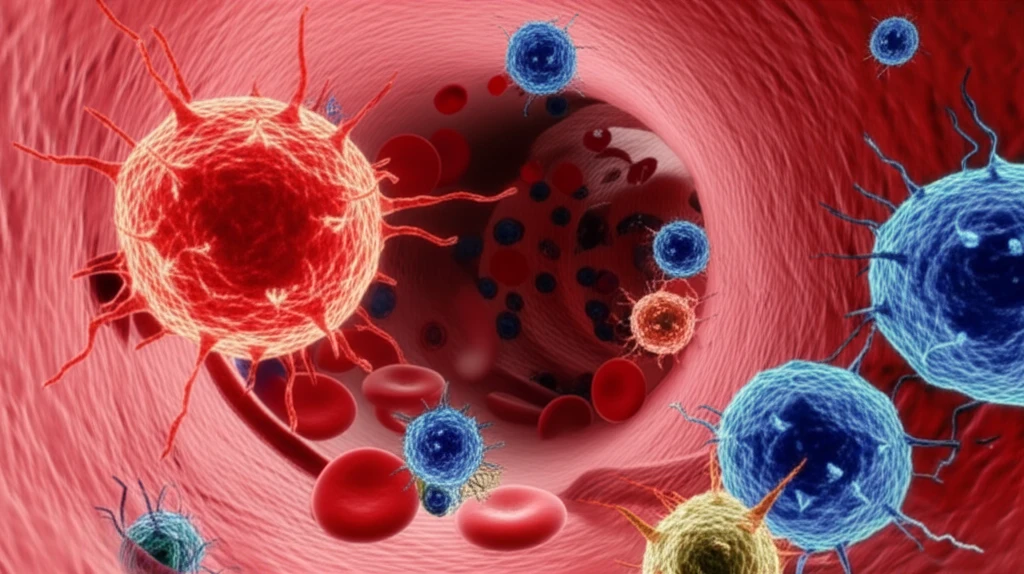
Mucormycosis: Why Is This Fungal Infection So Difficult to Treat?
"Unraveling the complexities of immune responses and resistance in Mucorales infections."
Fungal infections pose a significant threat to human health, particularly for individuals with compromised immune systems. While infections caused by Candida and Aspergillus are well-studied, those caused by Mucorales, the group of fungi responsible for mucormycosis, remain more mysterious and challenging to treat. Mucormycosis is a life-threatening infection that requires a multifaceted approach to combat.
Our immune system's response to fungal infections is complex, involving both innate and adaptive immunity. Innate immunity, the body's first line of defense, relies on cells like phagocytes to engulf and destroy fungal invaders. Adaptive immunity, on the other hand, involves the development of targeted responses by T and B cells. In the case of Mucorales infections, both branches of the immune system play crucial roles, yet the intricacies of their interactions are not fully understood.
Recent research has shed light on the specific challenges posed by Mucorales. These fungi exhibit unique mechanisms to evade the immune system and resist antifungal drugs, making mucormycosis a particularly difficult infection to manage. This article delves into the complexities of mucormycosis, exploring the latest research on immune responses, resistance mechanisms, and potential strategies for improving treatment outcomes.
Why Mucormycosis Treatment is So Challenging?

Several factors contribute to the difficulty in treating mucormycosis. One key aspect is the variability in susceptibility among different Mucorales species to our immune defenses. For instance, Cunninghamella bertholletiae has shown resistance to phagocytic cells compared to other species like Rhizopus arrhizus. This variability highlights the need for tailored treatment strategies that consider the specific fungal species involved in the infection.
- Unique host-based risk factors.
- Resistance to innate host defenses.
- Distinctive immunopathogenesis (e.g., angioinvasion).
- Increased virulence.
- Use of chelators as siderophores.
- Difficulties in early diagnosis.
- Non-specific clinical manifestations.
- Lack of serological methods.
- Limitations of culture and molecular methods leading to delays in treatment.
- Variability in susceptibility to amphotericin B and resistance to conventional antifungal agents.
Future Directions in Mucormycosis Research
Despite the challenges, ongoing research is paving the way for improved mucormycosis treatment. Scientists are actively investigating the interactions between Mucorales and the immune system to identify potential targets for immunotherapy. Understanding how different antifungal agents affect the immune response is also crucial for optimizing treatment strategies.
A recent study highlighted the cytokine response of human immune cells to Mucorales, revealing that these fungi induce a strong pro-inflammatory reaction. Further research is needed to determine how to harness this response to effectively clear the infection. Additionally, identifying the specific evasion mechanisms employed by Mucorales could lead to the development of novel antifungal agents that overcome resistance.
Ultimately, a deeper understanding of the complex interplay between Mucorales, the immune system, and antifungal drugs is essential for developing more effective strategies to combat this devastating infection. By addressing the challenges posed by mucormycosis, we can improve outcomes for patients and reduce the burden of this life-threatening disease.
